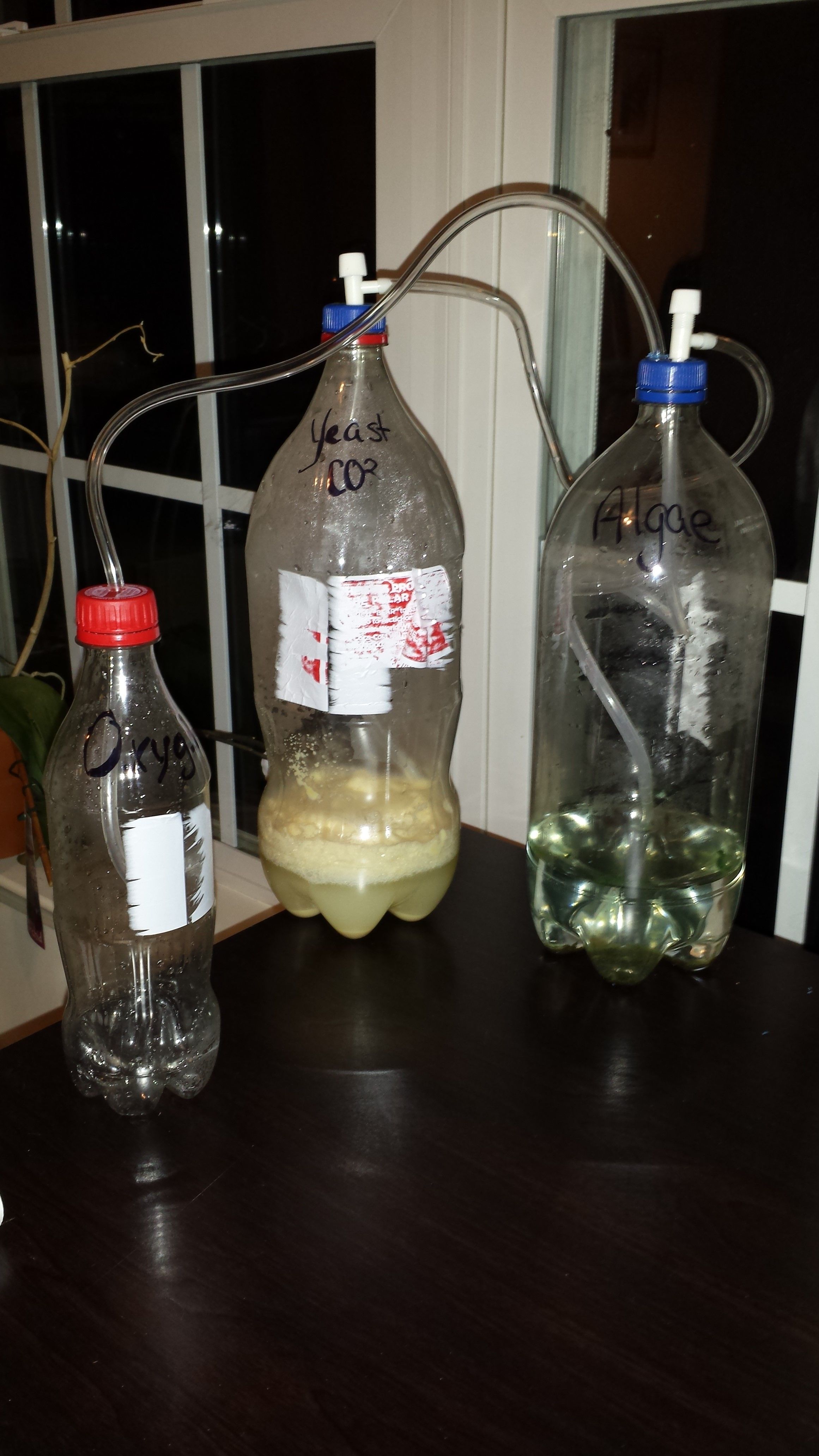Capture Solar Energy and Use Photosynthesis to Produce Sugars
They capture the suns energy with the help of chlorophyll in the leaf cells. Photosynthesis is the process by which plants some bacteria and some protistans use the energy from sunlight to produce sugar which cellular respiration converts into ATP the fuel used by all living things.

Maybe We Could Recreate Something Like This Grun
They use energy from the sunlight for converting carbon dioxide into simple glucose which is easily broken down to produce energy.

. Photosynthesis converts 200 billion tonnes of CO 2 into complex organic compounds annually and produces 140 billion tonnes of oxygen into the atmosphere. In our search for energy and environmental solutions ExxonMobil partners with companies whose expertise in certain areas complements our own. In fact the Sun is the ultimate source of energy for almost all cells because photosynthetic prokaryotes algae and plant cells harness solar energy and use it to make the complex organic food.
The simple diagram of the Ecological Pyramid Food Web and Food Chain is shown below. Most life on Earth depends on photosynthesisThe process is carried out by plants algae and some types of bacteria which capture energy from sunlight to produce oxygen O 2 and chemical energy stored in glucose a sugar. The light-dependent reactions of photosynthesis use water and produce oxygen.
The oldest uses of solar energy is for heating cooking and dryingToday it is also used to make electricity where other power supplies are not there such as in places far away from where people live and in. These homeowners or businessowners can sell energy back to the electric provider reducing or even eliminating power bills. Phytoplankton are the basis of the ocean food web and they play a significant role in Earths climate since they draw down carbon dioxide a greenhouse gas at the same rate as land plants.
True The water molecules are split to replenish electrons in photosystem II leaving behind protons which are used to generate a proton gradient for the formation. By facilitating conversion of solar energy into chemical energy photosynthesis acts as the primary energy input into the global food chain. Herbivores then obtain this energy by eating plants and carnivores obtain it by eating herbivores.
We also work directly with the users of our energy and chemical products including automakers and packaging companies to develop new products that reduce energy use and emissions. Solar energy complements other renewable sources of energy such as wind or hydroelectric energy. Solar energy is the transformation of heat the energy that comes from the sunIt has been used for thousands of years in many different ways by people all over the world.
How much light is used in photosynthesis. Photosynthesis is the process used by plants algae and certain bacteria to turn sunlight carbon dioxide and water into food sugars and oxygen. Shows the capture of and utilisation of natural resources particularly solar energy water and carbon dioxide in barley.
Photosynthesis is the process by which carbohydrates or sugars are manufactured in the parts of the plant containing chlorophyll by a combination of carbon dioxide and water in the presence of radiant energy from the sun. The part of the solar spectrum used by plants has an estimated mean wavelength of 570. Across Earths oceans tiny marine plants called phytoplankton use chlorophyll to capture sunlight during photosynthesis and use the energy to produce sugars.
Oxygen is given off as a by-product of this process. This type of chain thus depends on autotrophic energy capture and the transfer of this captured energy to. In the light reactions of photosynthesis.
Homes or businesses that install successful solar panels can actually produce excess electricity. Organization for Matter and Energy Flow in Organisms. It also introduces the concept of thermal time which represents the time taken for the crop.
This energy is then stored in the form of sugars for later use. An estimated 100 TW of solar energy go into photosynthesis the production of sugars and starches from water and carbon dioxide via endothermic reactions facilitated by catalysts. While it did have access to light the plant stored energy in the form of sugars or starch.
The light reactions of photosynthesis use chemiosmosis to produce ATP that will be used in the Calvin cycle. It takes place within the thylakoid membranes of. Use energy from sunlight to produce ATP NADPH and oxygen.
It illustrates how these resources convert into grain and non-grain energy expressed here in tha biomass or grain. Although plants have covered Earth in green in their quest to capture solar photons their overall conversion efficiency is too low to readily satisfy the human demand for energy. Plants algae including phytoplankton and many microorganisms use the energy from light to make sugars food from carbon dioxide from the atmosphere and water through the process of photosynthesis which also releases oxygen.

Difference Between Phototrophs And Chemotrophs Chemical Energy Photosynthesis Biomedical Science

Comments
Post a Comment